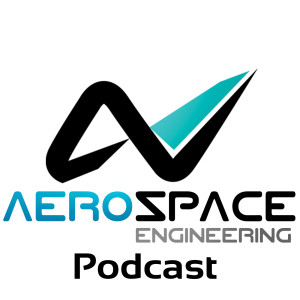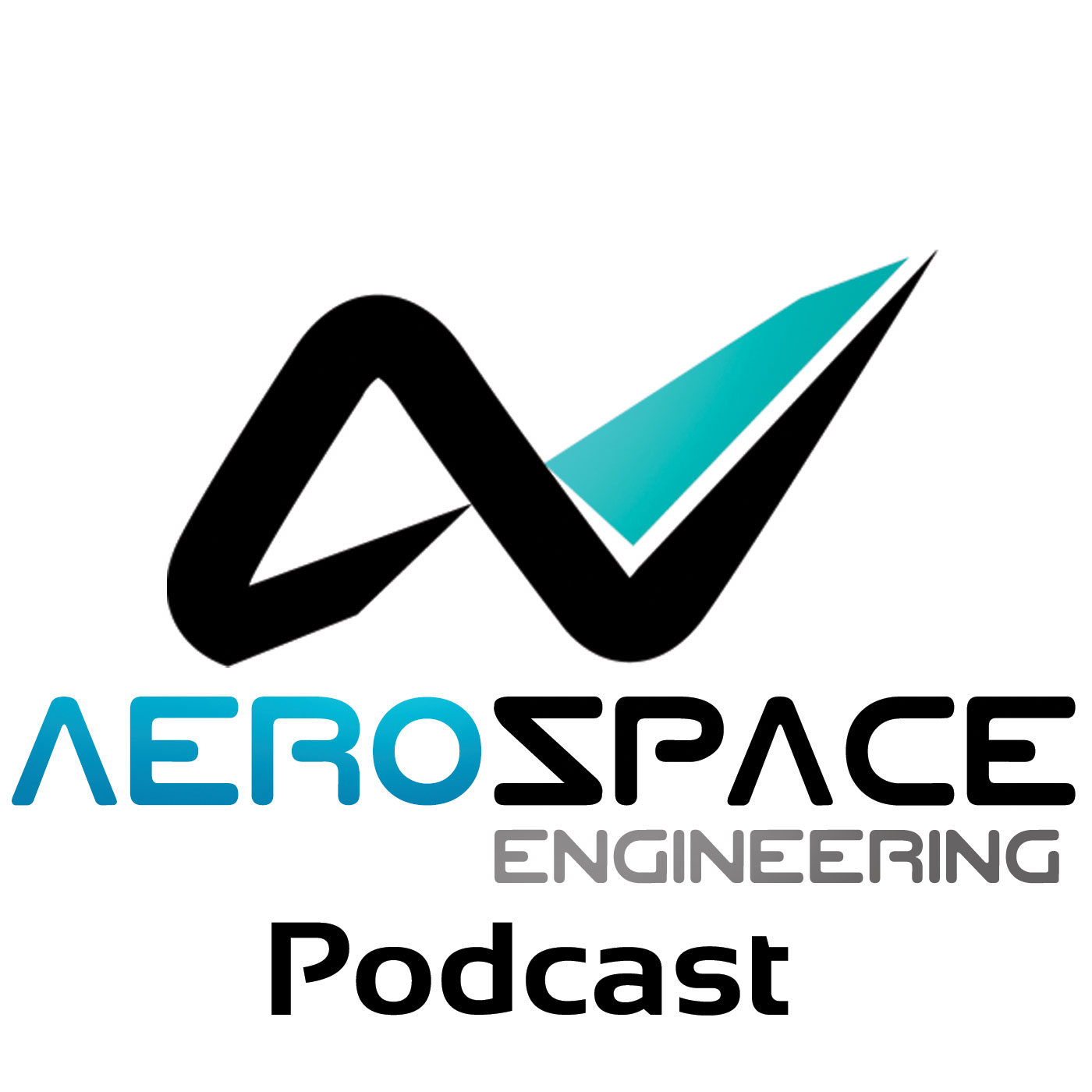Episodes

Tuesday Oct 23, 2018
Tuesday Oct 23, 2018
Today I am speaking to Manuel Schleiffelder, an aerospace engineer based in Vienna, Austria. Manuel has a background in designing and building experimental rockets with the student space team of the Technical University in Vienna, known as the Hound Project, and I spoke to him after he returned from a trip to the Black Rock Desert where the Vienna space team tested their newest two-stage experimental rocket. Manuel has a very broad background in space engineering having worked on projects varying from spacecraft design of lunar landers and systems engineering of rocket propulsion systems, to his newest research project in materials science.
In a classic rocket engine, the exhaust gases have a speed limit of exactly Mach 1—the speed of sound—at the narrowest portion of the nozzle; the so-called choking condition. Since the speed of sound increases with temperature, hotter combustion means the exhaust gases can be expelled from the rocket at greater velocity resulting in more thrust. While the speed of sound in air at room temperature is typically around 1200 km/hr (745 mph), the speed of sound in the hot exhaust gases can be more than 5 times this value. Even though we want our rocket engine to run as hot as possible, the ultimate temperature is limited by the ability of materials to withstand these extreme temperatures. For this reason, most rocket engines use some form of cooling to keep the material temperature within reasonable bounds. Manuel is currently developing metal matrix composite materials—carbon fibres embedded within a metal matrix—that are strong enough to withstand the extreme temperatures without the additional mass and complexity of a cooling system. In this episode, Manuel and I talk about
- his background in aerospace engineering
- the rockets that the Vienna student space team are building
- and the advantages and challenges of developing metal matrix composites for rocket engines.
If you want to learn more about the topics discussed in this episode, then you can find show notes with links to more in-depth material on the aerospace engineering blog. If you want to support the show then please leave a review; share it on social media with your friends and family; or support us directly on Patreon. Thanks a lot for listening!
This episode of the Aerospace Engineering Podcast is sponsored by SAMPE North America. SAMPE is a global professional society that has been providing educational opportunities on advanced materials for more than 70 years. SAMPE’s network of engineers is a key facilitator for the advancement of aerospace engineering by enabling information exchange and synergies between aerospace companies. To find out how SAMPE can help you learn more about advanced materials and process visit SAMPE's website, or consider attending one of SAMPE’s conferences, such as CAMX, the largest and most comprehensive composites and advanced materials event for products, solutions, networking, and advanced industry thinking.
This episode is also sponsored by StressEbook.com, which is an online hub for you if you are interested in aerospace stress engineering. StressEbook.com provides world-class engineering services and online courses on the stress analysis of aircraft structures, as well as a free ebook and blog. No matter if you’re a junior or senior structural analyst, stressEbook.com provides you with the skills and know-how to become a champion in your workplace.


Comments (0)
To leave or reply to comments, please download free Podbean or
No Comments
To leave or reply to comments,
please download free Podbean App.